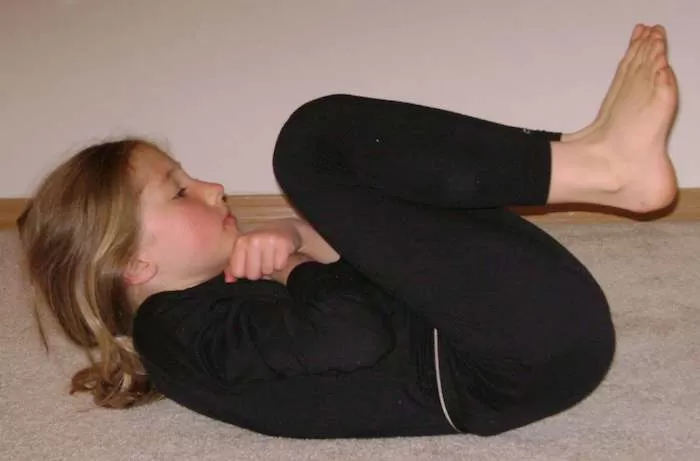What Are Neurodevelopmental Movements?
 by Sonia Story
by Sonia Story
The Wonder and Beauty of Human Development
I am in awe of human development—there is so much wonder and beauty to it!
The complexity and efficiency of healthy development is truly astonishing. Think about how fast a human infant grows, changes, and moves through different stages. Neurodevelopmental movements play a huge role in this process, fueling the tremendous rate of brain growth that occurs in infancy.
The neurodevelopmental movements are the innate infant movements that drive human development and growth. All healthy babies are designed to automatically express these neurodevelopmental movements, starting in the womb, during birth, and throughout the first year or two of life. As long as the baby has room to move and is not stressed or compromised, these fascinating movements will emerge, develop, and work in harmony, according to the stage of the infant's life, and the infant's interactions with the environment.
The quality of our infant life has far-reaching implications. Our learning, emotional, social, and physical abilities depend on how well the neural pathways in the brain are laid down in infancy. In large part, these neuro-sensory-motor pathways are developed through the action of the neurodevelopmental movements.
The neurodevelopmental movements are so important that normal development cannot take place without them. Neurodevelopmental movements not only build the brain, they are also vastly important for the development of the whole body and the sensory systems.
The innate neurodevelopmental movements of infancy are one of the most beneficial gifts we can give to our children because they boost brain development and build the bridge to mature, capable, and strong functioning. Neurodevelopmental movements can be used at any stage of life to help overcome physical, social, emotional, sensory, and learning challenges and give children the foundation required to have happy, healthy, productive lives. They are easy-to-learn, easy-to-implement, beneficial to everyone, supported by evidence, and highly effective.
Categories of neurodevelopmental movements
There are many categories of neurodevelopmental movements. The main categories we utilize in the Brain and Sensory Foundations program are:
- Rhythmical movements
- Primitive reflex movements
- Postural reflex movements
- Developmental movements
- Movements and responses involved in bonding, social engagement, and play.
The combination of these neurodevelopmental movements is designed to replicate the immense power of human development as closely as possible. No matter what our age, doing these movements appears to create new nerve connections, and more efficient pathways among existing nerves.
A Second Chance for Development
The neuro-sensory-motor foundation can have gaps, from mild to severe. These gaps can exist from womb and infant life, or hindrances can happen from trauma or injuries later in life. Because the brain and body are innately wired to recognize and respond to the neurodevelopmental movements, we can use them at any time to bridge gaps in development and create more ease and effectiveness in our daily life activities, giving us a second chance for a more optimal development.
Visit our case study index to see the transformative power of neurodevelopmental movements for children, teens, and adults.
Sonia Story, M.S. has been teaching neurodevelopmental movements since 2006.
She earned a Bachelor's degree in biology/psychology and a Master’s degree in Movement Sciences.
Sonia developed the Brain and Sensory Foundations program to provide comprehensive training in neurodevelopmental movements—combining innate rhythmic movements, play, primitive reflexes, and postural reflexes.
She is the author of The Importance of Reflex Integration and the Evidence eBook, giving the rationale and evidence basis for using neurodevelopmental movements for helping with challenges such as ADHD, Sensory Processing Disorders, anxiety, emotional dysregulation, visual skill deficits, poor social skills, gross and fine motor delays and other neurodevelopmental and behavioral disorders.
Her work is featured in numerous podcasts, summits, and conferences, and in the books Almost Autism: Recovering Children from Sensory Processing Disorder; Special Ed Mom Survival Guide; Family Health Revolution; and Same Journey, Different Paths—Stories of Auditory Processing Disorder.
Sonia’s mission is to help children and families experience the profound benefits of neurodevelopmental and integrative movements for more functional and fulfilling lives.


